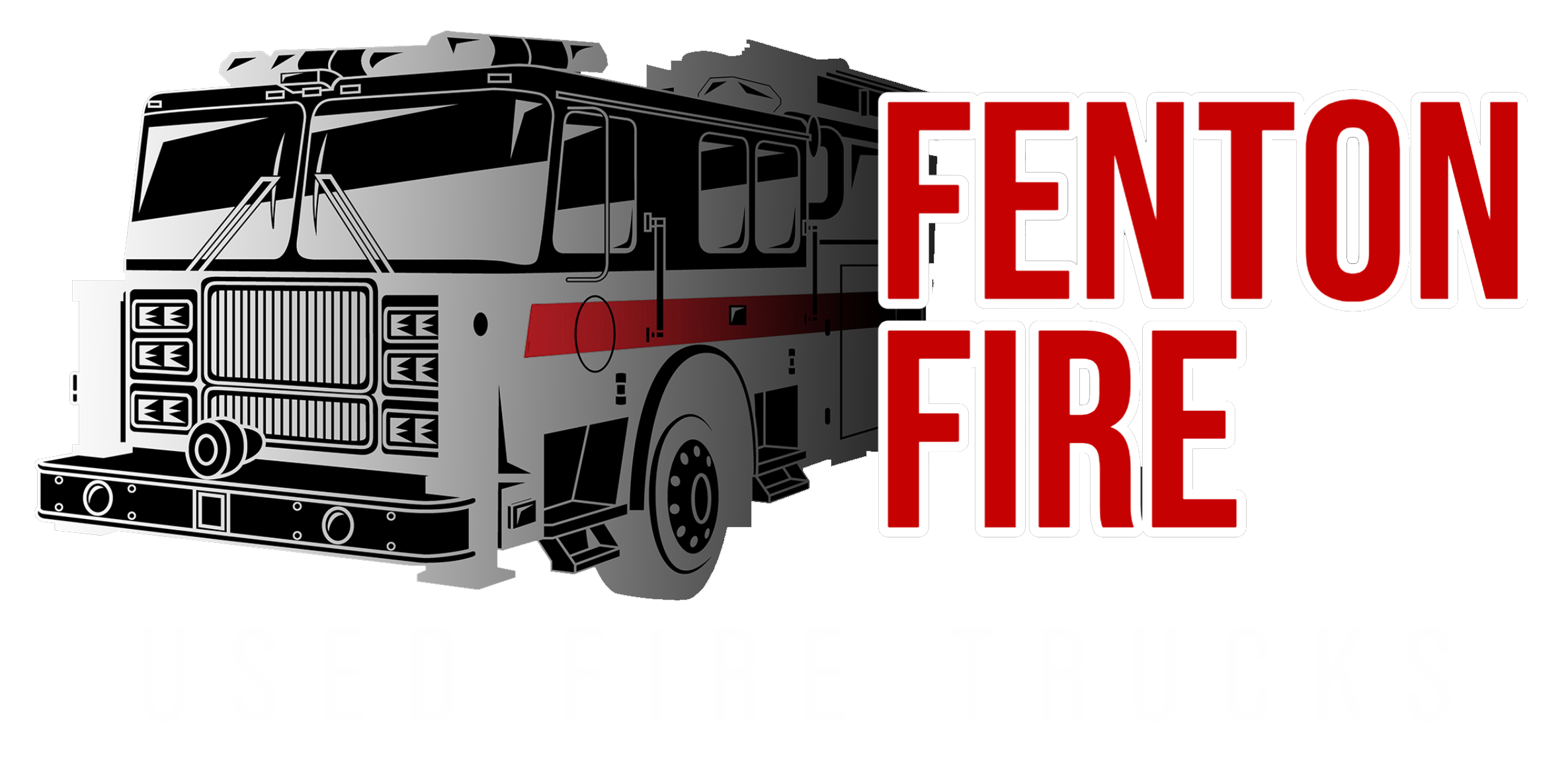Not all used fire trucks are created equal. Knowing which one to choose can be overwhelming. Factor in the actual investment dollars, and the ante goes up. Read: you’re deciding today what your fire department will need tomorrow.
How do you choose a previously owned fire truck that’ll meet your needs now while still standing the test of time? Finding the right fit is ultimately about asking the big questions up front. We’ve put together a quick list of four things you should consider before weighing the benefits of previously owned fire trucks on the market today:
- Which risks are we up against?
Just like fire trucks themselves, the neighborhoods and areas we use them to protect vary from one fire department to another. Are you a big city fire team? Or covering broad rural areas outside of city limits? Does your fire department cover medical calls and road accidents? Or are you primarily responding to fire calls? The answers matter.
Start your search for a previously owned fire truck by taking a long look at the territory you’re covering and drilling down into the types of calls you get. Building height; the proximity of houses and buildings to one another; frequency of farms, siloes, or other outbuildings; road accidents; medical emergencies; tight corners… understanding the true nature of your territory is the foundation of picking the right used fire truck for your fire department.
You might be surprised how much your area has changed since the last time you did a fulsome assessment. Dive into the detective work, see your region with fresh eyes, and get a sense of what you’re up against risk-wise before you assess the pros and cons of any specific fire trucks.
- What kind of manpower are we moving?
We tend to focus on the vehicle itself when exploring fire truck options. But it’s important to remember the crew, and think through your actual transportation needs as well. How many firefighters will you need to move to a given scene? And how many vehicles will it take to get them there? A downtown team with four firefighters on a shift might only need room for four on a truck.
Switch gears to a smaller town fire department where you might typically get six firefighters out on the first piece of apparatus, and you’ll want to ensure you have room for that many. Go full-on rural where much of your fire department may be out working their farms when a call comes in, and the priority might be getting the trucks to the scene vs. the firefighters themselves (who’ll arrive on their own). Looking at how you usually gather and arrive on scene will dictate the type of seating you need.
- How much water are we carrying?
We all know that water capacity is key when considering tankers. But it’s actually more important to any fire truck purchase decision than you might realize. Before you can decide how much water your next fire truck will need to move, you’ve got to understand where you’re usually getting water from. A city will have hydrants everywhere; smaller towns might have areas outside the core with absolutely none.
The difference is huge, upping the need for tankers that can fight fires longer, while the team gets the water supply set up in the background. Figuring out what your water source looks like across the entire area you’re serving is a stepping stone towards choosing the best previously owned fire truck for your fire department. Knowing the regulations, and being certain you can meet that gallon per minute requirement with the fleet you have, is vital to choosing the right fire truck to round out your fleet.
- What’s our equipment load look like?
When the call comes in, what kind of equipment will your fire truck need to carry along with manpower and water? Will you need a full-on rescue pumper to move the equipment? Or is the load lighter than that? Thinking back to that first question about understanding the risks your fire department is facing will help you decide just how much storage capacity your fire truck needs.
If your fire department is only going to have one truck, then you’re going to need a multi-purpose storage capacity to ensure you’ve got a little bit of everything on hand. If you’re also covering medical calls and road accidents in addition to fires, you need to think bigger in terms of how much equipment you’re transporting. Greater storage capacity will allow you to move the jaws of life to an accident or fire scene. But that might not be necessary if you’ve got a broader fleet with multiple vehicles. Work backward from the types of risks your fire department faces, and the types of scenes you manage. Then, inventory the equipment you’re most commonly traveling with and go from there.
View Fire Truck Listings Today
To find the fire truck that is right for your fire department, browse our new listings of fire trucks for sale, or start the process of listing your truck for sale today.
